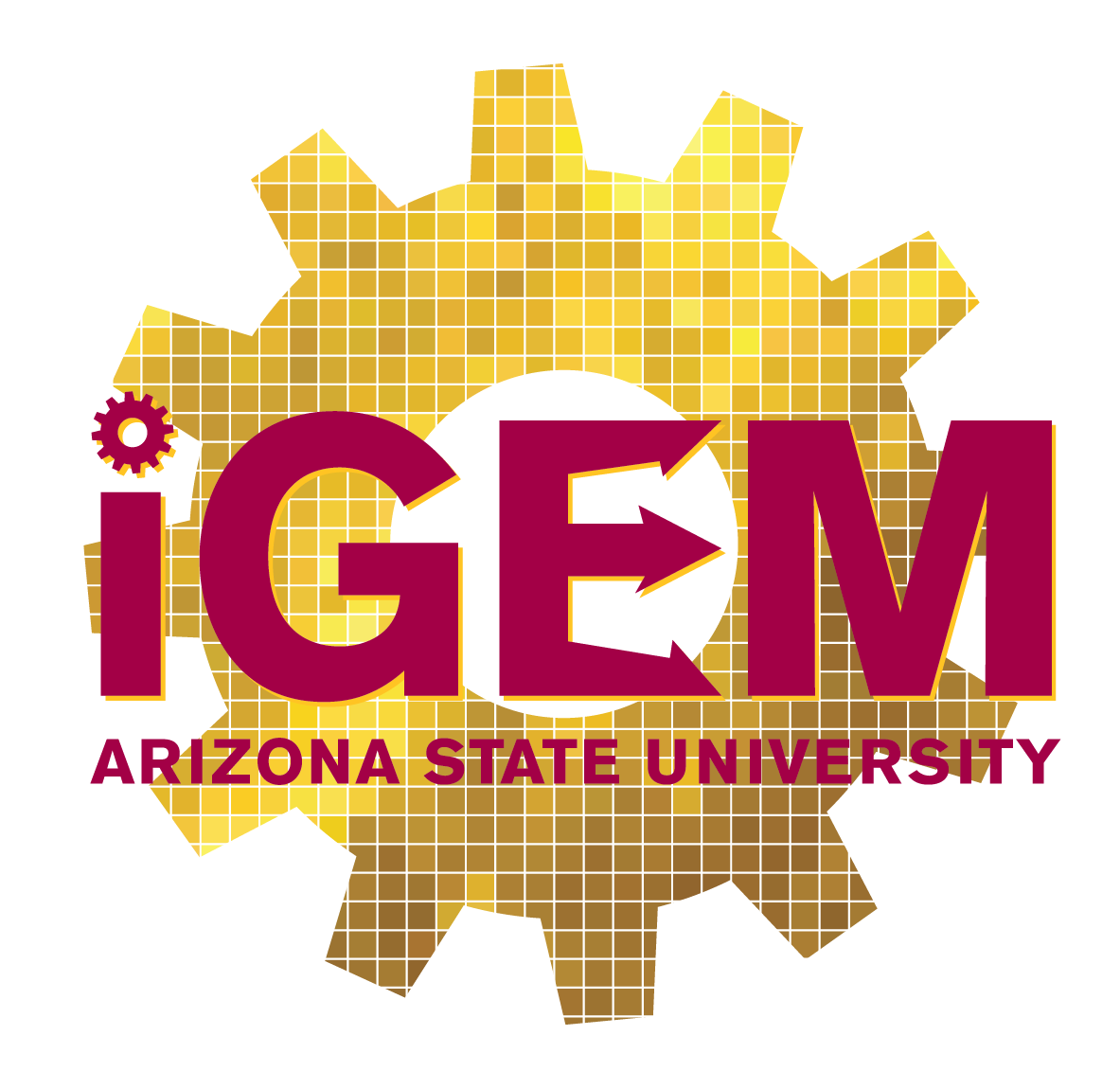|
|

Thursday, April 14
- Today we had our first meeting with a grad student- just bouncing some ideas off of him for feasibility. There is no RNAi in prokaryotes! Some ideas included a small molecule inhibitor / morpholino oligomers.
- The first CRISPR information was found and was noted as something to follow up on in further meetings.
Thursday, April 21
- We discussed CRISPR more exensively- we are beginning to latch onto the idea as a fully formed project. Building on earlier discussions, the goal would be to target an antibiotic resistance gene (NDM-1) to ameliorate that resistance completely.
Thursday, April 28
- Ethan presented an outline of CRISPR and the possible project to the group for consideration. Some questions that came up:
- What is the advantage of using this entire process? Is not it kind of roundabout?
- The structure of CRISPR lends itself to a modular platform- the degree to which the pathway is active can be shown to be dependent on the number of spacers which are easily controlled.
- How will we motivate bacteria to take up potentially deleterious genetic material? What about an F-factor plasmid?
- Trojan Horse D- maintains growth advantage
- What has been done, what is the advantage of this approach?
- Practical point of view: two steps that can be done in parallel
- CRISPR design for different sequences
- Downregulate NDM1 protein with plasmid
- Can we use phages to introduce a CRISPR array?
- High throughput methods & random mutations, screen for them
- Could we use CRISPR to downregulate a repressor of something?
Thursday, May 5
- Today we pitched our CRISPR idea to Dr. Wang (our faculty advisor). The main response was that it needs to be more accessible (how can we explain CRISPR to a non biologist?).
Wednesday, May 11
- We discussed the CRISPR leader sequence- its conservation, as well as what activates / represses it. We know it is AT rich. Can we insert our own promoter? note: for further information see section on CRISPR regulation.
- How robust is CRISPR?
- We need a proof of concept- GFP silencing
- Will need 2 plasmids since CRISPR will probably linearize any target
- Signal intensity correlated with expression
- "Repress the repressor"
- As vanilla as possible
- How can we be compatible with the Biobrick standard?
- What happens if we insert our own CRISPR plasmid into a cell with a native system?
Thursday, May 12
- There are problems with targeting essential genes- endogenous CRISPR inserts will be heavily selected against, especially any targeting antibiotic resistance.
- Does this project have only laboratory applications?
- Some modeling ideas we also discussed:
- Target vital genes- how does the cell respond?
- Look at rate of transmission during replication
- Population dynamics- how is CRISPR array transferred throughout a colony of cells? After a phage challenge?
- What is our end game with CRISPR? Realistically what could it be used for in the real world?
Monday, May 16
- More discussion of leader sequence- we should be able to insert our own lac promoter to express the cas genes and the CRISPR array.
Tuesday, May 17
- Finished semi-official proposal for project, as well as some form emails.
- Our initial plasmid construction plan was considered- we will PCR our CAS genes incorporating appropriate restriction sites, while synthesizing the array.
Wednesday, May 18
- How many repeat / spacer units? What do we need to take into account when deciding this?
- How can we make our design modular and easily customizable?
- Synthesize an array with 3 repeats and restriction sites at spacer locations?
- Which part of GFP gene do we put in our 32bp spacers? Does it matter?
- Are we targeting DNA or RNA?
- DNA: CAS, much more literature- we know more about the mechanism and have a much greater chance of success.
- How do we get GFP to stay in the cell if we target it with CRISPR? We will need to use a separate plasmid, but without the antibiotic selection mechanism the cells will die.
- RNA: There are only a few papers in the literature about this[27], and RNA targeting has not been demonstrated in very many organisms (only 1, in fact).
Thursday, May 19
- A preliminary budget was put together, based on some data from other teams. We also prepared for a meeting with the deans of the engineering school on Friday.
Friday, May 20
- Dr. Wang came in this morning, and today we are joined by Abhinav, a BME undergrad in his lab
- DNA targeting method: we can examine the fluorescence curve (flow cytometry) when we add in the GFP plasmid.
- If it takes a while to decrease, we can then examine what it looks like when CRISPR is added and have a point of comparison. However, if it attenuates quickly, this isn't really an option for us.
- Backups: we need to have more genes to target than just NDM-1
- Multiple: target a cluster of genes that code for parts of a characteristic
- To inhibit the entire characteristic, we would have to silence A, B, and C (logic gate).
- Motility (csgA)
- Synechocystis (cyanobacteria that is big at ASU)
- Biobrick with AND gate (need 1-1)
- Origin of replication; preventing horizontal gene transfer
Tuesday, May 31
- This was our first official day in the lab. We received two strains of E. coli from life sciences, MG1655 and BL21. BL21 has no native cas genes and will be ideal for testing our constructs.
- Made 4 plates from this source plate (2 for each strain)
|
 "
"
